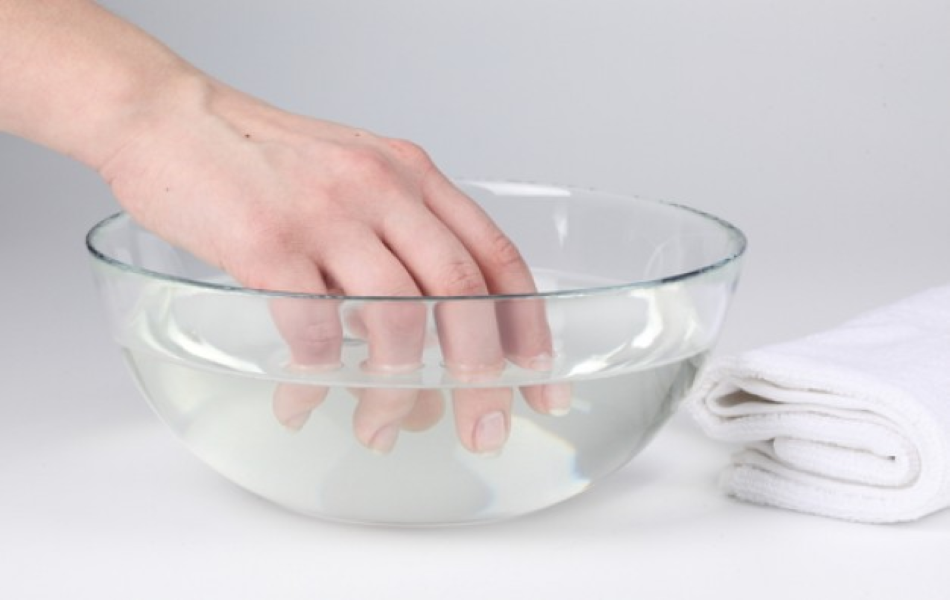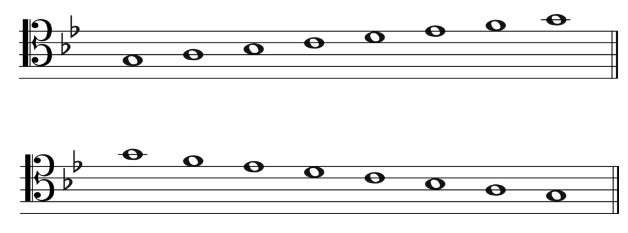4 Ways for New Guitarists to Relieve Finger Pain
You are just starting to love and learn to play guitar, it seems your fingers are sore and you don't know how? Finger pain when playing the guitar is a very common phenomenon, when you first exercise, you will get muscle fatigue, not because you did anything wrong. Normally, after about 2 weeks of diligent practice, your fingers will become callous, and a thick layer of skin will appear to help you reduce pain much more. However, there are some ways to make your initial practice more comfortable and relieve finger pain. Here are 4 tips for beginners to effectively relieve finger pain.
1. Use Apple Cider Vinegar

Soaking your fingers in apple cider vinegar is one of the most popular and effective ways to numb the pain of playing guitar. Apple cider vinegar is also used to treat sunburns and sore throats. Simply soak your fingertips in vinegar for about 30 seconds both before and after playing the guitar.
2. Use Warm Water Diluted Salts

In addition to apple cider vinegar, the use of warm water diluted salt to soak fingers is a simple, effective method that many guitarists apply thoroughly. You should dilute the salt with warm water, then soak your hands for about 15-20 minutes after practicing the guitar. While soaking, you can also gently massage your fingers.
3. Check the Guitar
* Check the guitar action:
Action is the height between the string and the fretboard, the higher this distance is, the harder it is to press, the more painful it is and the more force is required. You are a novice, it is not easy to know whether the action is high or low. Ask a technician at the guitar store to measure and adjust the action before buying the guitar.

* Choose the strings:
There are many types of strings whether you are using an Acoustic or Classic guitar. Beginners had better choose the thinner and lighter strings with the lower diameter, then gradually replace them with the strings with the larger diameter. The lighter strings are easier to play and less painful than the medium or heavy strings.
4. Persistent Practice

Nothing will get in the way of your passion for playing the guitar. Hard practice on fretting the strings many times is also a great way for your fingers to get used to the fretboard and increase your flexibility. If you stick to it after a few weeks, calluses will form and you should no longer feel pain. But if you stop playing for a while, it still hurts as usual. And in fact, as long as you keep playing regularly, the callus on your hand doesn't go away, and you never have to worry about sore fingers.
No newcomer can press the guitar strings down correctly and the finger force is strong enough on the strings. So practicing the basic guitar chord finger placement will help you change guitar chords faster and have stronger fingers. Wish you success!
Download Guitar Tunio to tune your guitar fast and accurately, learn more alternate guitar tunings and chords, plus practice your rhythm and keep your timing with the built-in metronome. The incredible app is available to install for free on App Store and Play Store, check it out now!








